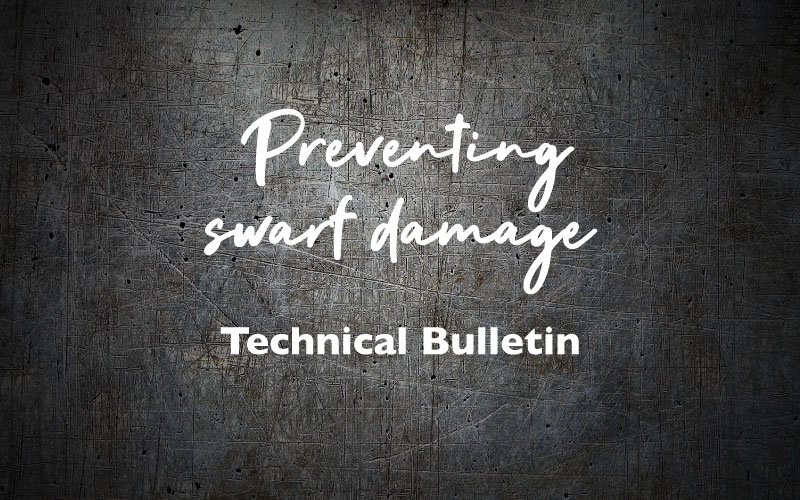

Swarf is a general term for metal waste, and can include the tiny metal particles that are produced when we cut sheetmetal as well as discarded screws, nails, rivets, etc. Swarf can be a big headache if it is not removed. It can:
- cause damage or injury to skin
- produce a rust stain where it settles on a surface (but doesn’t penetrate)
- cause premature corrosion where the swarf has penetrated the coated surface.
REDUCING SWARF DAMAGE
Cutting and drilling is one of the main ways to generate swarf. Hot particles can penetrate the coating of your Colorbond® sheet. The best thing to do is cut offsite whenever possible, or get your sheet cut to size. If you can’t avoid cutting on-site, consider the following:
- Any items that can be moved, should be moved
- Face the sheet you are cutting exterior side down
- Position the saw away from already installed material if possible
- If not possible, cover with drop sheets or mask up the surface
- Use a cold cutting saw fitted with tungsten blade or powered hand shears
- If the saw is generating hot particles, try and direct them away from the completed work
CLEAN UP
- Clear the swarf away as you work to help prevent swarf being trodden on and carried across the site.
- Sweep, vacuum, blow or hose down the loose swarf, making sure that it doesn’t settle in the gutters. Give the gutters a clean out before you leave the job.
- If swarf is stuck to the Colorbond®, be very careful not to damage the paint or metal coating of the surface by removing it, as this can result in corrosion later on.
REMOVING STAINS
If you have mild swarf stains on your Colorbond® sheet, wipe with some dishwashing liquid, then rinse. For more severe stains:
- Wash with a pressure hose (not greater than 400psi)
- Remove stuck particles with a damp microfibre cloth, or for stubborn stains, carefully remove with a plastic blade paint scraper
- Once removed, rinse thoroughly, including in gutters.


